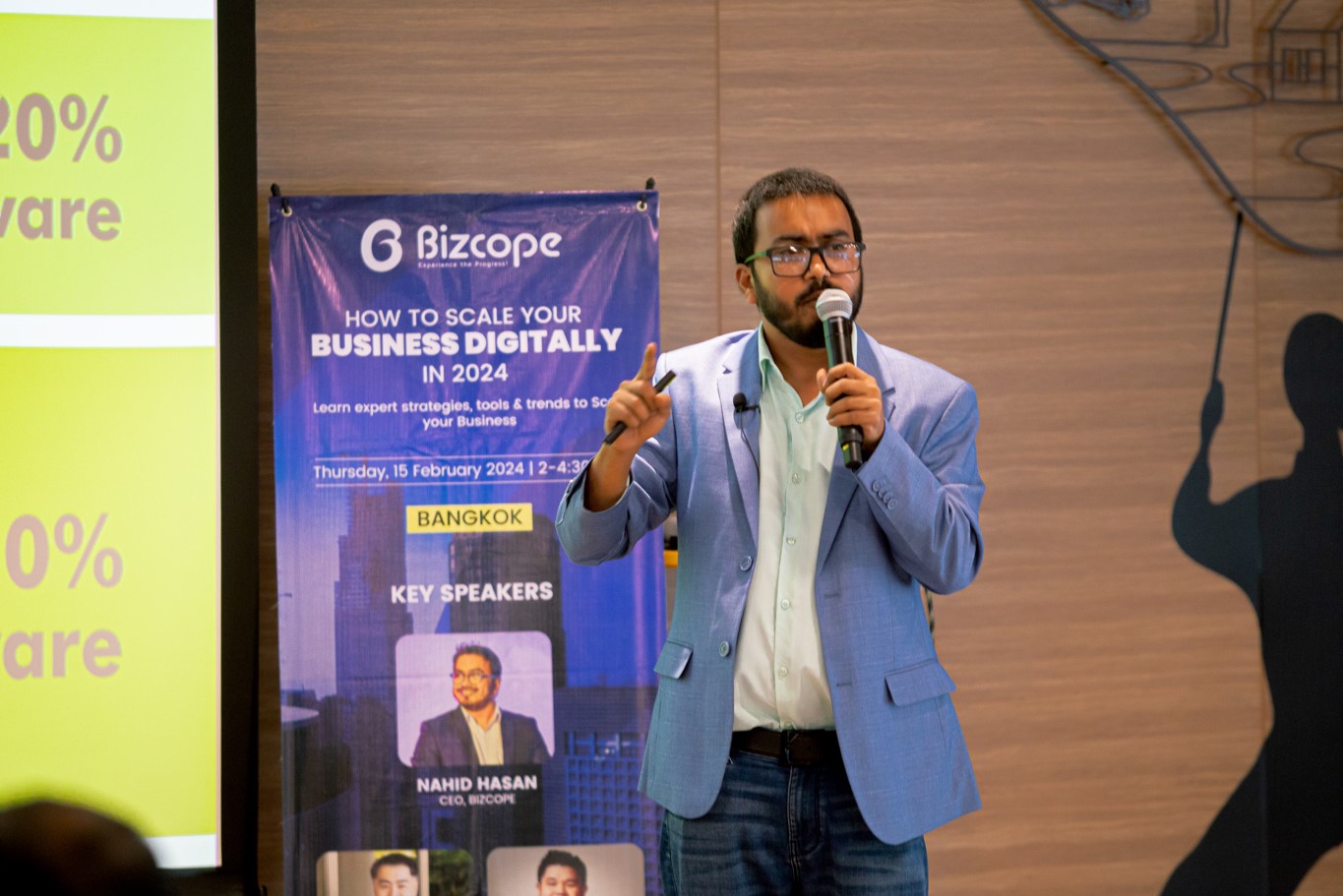Learning about IPOs in depth is crucial before you get into the details about how to facilitate IPOs. Once you have a clear understanding of the basics of the concept of IPO, the rest of the things become much simpler in terms of understanding and their execution.
There are different ways to complete the process and begin with floating your company’s IPOs. Keep reading to find out more about eGeneration IPO and the IPO process in depth.
How to float IPOs?
A company takes around 6 to 9 months to complete its IPO process. There are two ways in which companies can float IPOS:
- A fixed price issue in which the price of the shares to be sold is made public to investors in advance.
- Book building issue in which there’s a 20% range (between floor and cap price) offered to investors within which institutional and private investors can bid for the shares. In this process, the final price is determined to post the closing of the bidding.
The bidding period of the IPO lasts for around five days. The shares are offered to investors within ten days from the last day of the bidding. In case there’s an oversubscription, then the investors are allotted shares in proportion to the original number of shares they’d applied for.
The Five Crucial Steps Involved
The five main steps to facilitate IPOs are as follows:
Appointing Experts for the Task
Financial experts such as investment bankers or underwriters need to be appointed who’d conduct the IPO process on the company’s behalf. They act as the intermediary between the company and the investors.
Submission of RHP
eGeneration prepares the registration statement and a draft prospectus, also known as the red herring prospectus (RHP). This is a key document for a retail investor to study before deciding to invest in the IPO.
RHPs provide key information about the business except for the number of shares its offering in IPO or the price of those shares. RHP needs to be submitted at least three days prior to the business going public with its IPO.
Looking Into the Details
In case the company’s prospectus and the RHP contain some discrepancies, they need to be declared to and duly approved by the SEBI and the Registrar of Companies (ROC). After the closing of the IPO, the company will again need to submit the final prospectus to both these bodies. This must contain information about the number of shares being sold and the final issue price.
Filing the Application
The company will need to file an application with the stock exchange where it plans on floating the shares.
Creating the Hype about It
eGeneration will need to create a hype around the floating of eGeneration IPOs in order to generate public curiosity. Some ways it can do the same are through IPO roadshows, where the company appointed financial experts to travel to different financial hubs to generate publicity about the IPO.
Are there Any Additional Things to Keep in Mind?
Businesses need to ensure that the company’s internal investors do not participate in the buying and selling of IPOs. This is done to ensure that some corrupt company insiders don’t trick the public into buying an overpriced share or artificially influencing the demand-supply mechanism of the market by creating an over-supply of shares.
Summing it Up
After keeping all these things in mind, things should get simpler for you. Remember, anything pertaining to IPOs is a crucial matter and needs to be dealt with care. Therefore, make sure that you are aware of all the essentials in depth before you start facilitating IPOs.




